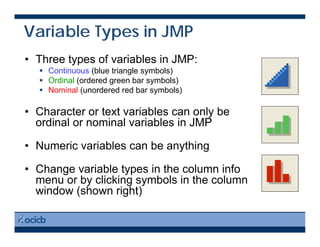
Like most models, this model makes some assumptions and generalizations. For example, if we apply a known force to an object with a known mass, we can use the model to predict how much it will accelerate. This simple but powerful model allows us to make some predictions about the world. We also use the capital Greek letter sigma (Σ) to indicate that we are summing over the force and arrows above the letters that are vector quantities (that is, quantities that have both magnitude and direction): We often summarize this information via an equation using the letters F, m, and a for the quantities involved. This states that the net sum of force acting on an object causes the object to accelerate in the direction of the force applied and at a rate proportional to the resulting magnitude of the force and inversely proportional to the object’s mass. A simple model with which most of us are familiar with school is Newton’s Second Law of Motion. Models can be equations linking quantities that we can observe or measure they can also be a set of rules. Models come in a multitude of different formats and flavors, and we will explore some of this diversity in this book. We make models so that we can draw inferences from them and, more importantly for us in this book, make predictions about the world. In simple terms, a model is a representation of a state, process, or system that we want to understand and reason about. Models are at the heart of predictive analytics and for this reason, we’ll begin our journey by talking about models and what they look like. Finally, we will showcase our first model, the k-nearest neighbors model, as well as a caret, a very useful R package for predictive modelers. In particular, we’ll emphasize the importance of knowing how to evaluate a model that is appropriate to the type of problem we are trying to solve.
.jpg)
Much of the predictive modeling involves the key concepts of statistics and machine learning, and this chapter will provide a brief tour of the core distinctions of these fields that are essential knowledge for a predictive modeler.

In this first chapter, we’ll start by establishing a common language for models and taking a deep view of the predictive modeling process.


 0 kommentar(er)
0 kommentar(er)
